Varicose veins of the lower extremities are a consequence of a sedentary lifestyle (in more than 75% of cases) inherent in most modern professions.To stop the first signs of the disease, it is enough to change nutrition habits and increase physical activity.Varicose veins on the legs are fraught with the appearance of trophic ulcers.Therefore, it is inappropriate and unsafe to start the state of health.

What is varicose veins?
The disease is directly related to venous blood flow.The more often the blood stagnates in the veins, the higher the probability of expanding their walls.A healthy organism contributes to a full blood circulation (in addition to cardiac activity) by a regular reduction in muscle fibers.Thanks to the functioning of the muscles:
- The pressure systematically increases and decreases in the vessels
- Valves of veins work harmoniously: they open and close accordingly to the heart rhythm
- Blood does not have time to stagnate, the speed of its circulation allows you to pump in full passage of the veins
If arterial blood flow of the legs is facilitated by the power of attraction, then for the implementation of venous, the body makes additional efforts, pushing blood from the bottom upward to the heart.Incomplete closing of vein valves is the cause of the destabilization of blood circulation.Staging blood between the valves causes an even greater expansion of veins.This condition is called varicose veins.
Symptoms
If you do not pay attention to the first signs of pathology, there is a high risk of its subsequent progression in more severe stages.The results are potentially disappointing - up to the onset of death.Therefore, do not delay with prevention and therapy, when the following symptoms appear:
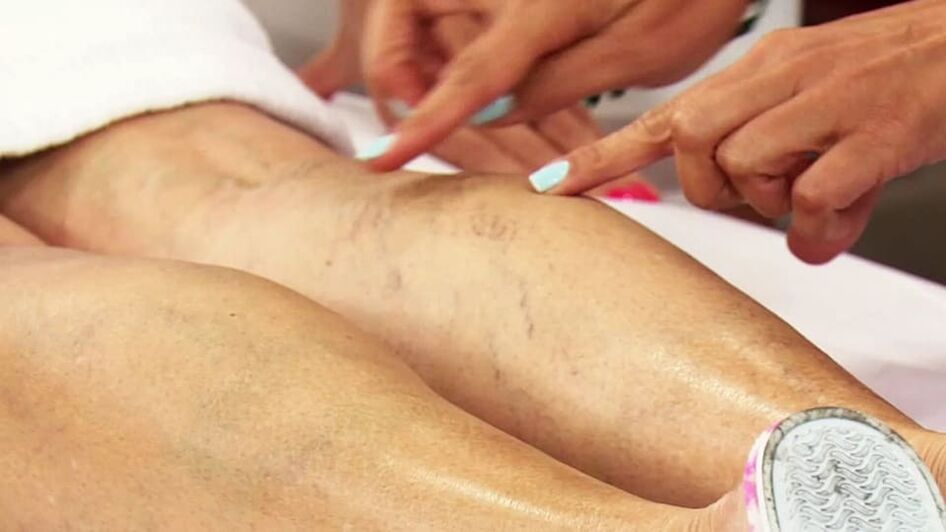
- Pain constraint the lower limbs, increased fatigue is noted.
- The veins of a dark shade (bluish or reddish) are bulging above the surface of the skin.
- Swelling of the legs (with damage to surface and deep veins), sometimes convulsions are possible.
- Pigment spots on the skin of ankles, legs.
The neglected stages are characterized by the formation of ulcers.Their localization is mainly the area of the joints of the legs.The above signs indicate a pathogenesis of varicose veins.
Stage I and II
They are caused by the presence of pain, nightly seizures in the legs, a sense of severity.But diagnostic information does not indicate the presence of the disease.A vascular mesh, bluish nodules or "stars" manifests itself.The enlarged vein is visible and palpated.After a sharp load on the legs or long -term stay in a sitting position, the vessels increase in volume.
Stage III and IV
They are characterized by systematic swelling of the legs, mainly in the evening, when the body manages to get tired in a day.In the morning, symptoms are reduced due to night rest.The following are the predecessors of trophic ulcers:
- Unnatural, dark skin tone (up to black)-due to excessive accumulation of pigments.
- Inflammation of the epithelial tissue of various intensity - from minor redness to vast weeping eczu.
- Atrophic processes of the epidermis, entailing the hollows of a light shade on the skin of the legs.
A trophic ulcer occurs due to a lack of nutrients in the lower extremities.At the last 4 stages of an ulcer, it acquires a chronic character and does not heal for a long time.
Stages of varicose veins

Naive patients believe that if varicose veins is visually manifested, there is nothing to worry about.Diagnosis can show the presence of a disease even with the most minimal symptoms - severity, periodic tingling, unpleasant sensations in the legs.It is necessary to carefully treat your own sensations, especially with convulsions or pain in calves.The prescribed medicines, therapeutic procedures improve venous patency in the legs, the state of the cardiovascular system of the whole organism.
Primary
It has an independent form of pathogenesis.It is determined by a genetic predisposition against the background of a congenital anomaly of connective tissue, vascular walls.Disrupted blood circulation in such patients is natural.The provoking factor of primary varicose veins is:
- Body's excess body weight
- Pregnancy in which the load on the vessels increases
- Long -term nososa or stockings with tight elastic bands
- Daily activities that suggest a long -term stay in a standing position
If the venous walls are weak from the moment of birth, any of the above circumstances cause the destabilization of blood flow and the development of pathology.
Secondary
Women of reproductive and middle age are subjected to its development.Secondary varicose veins is a consequence of a inactive lifestyle, hormonal disorders, pregnancy, excessive stress on the legs.Pathology arises as a complication of transmitted diseases of infectious or oncological genesis.The etiology of the disease includes traumatic vascular damage.Degenerative changes lead to the following phenomena:
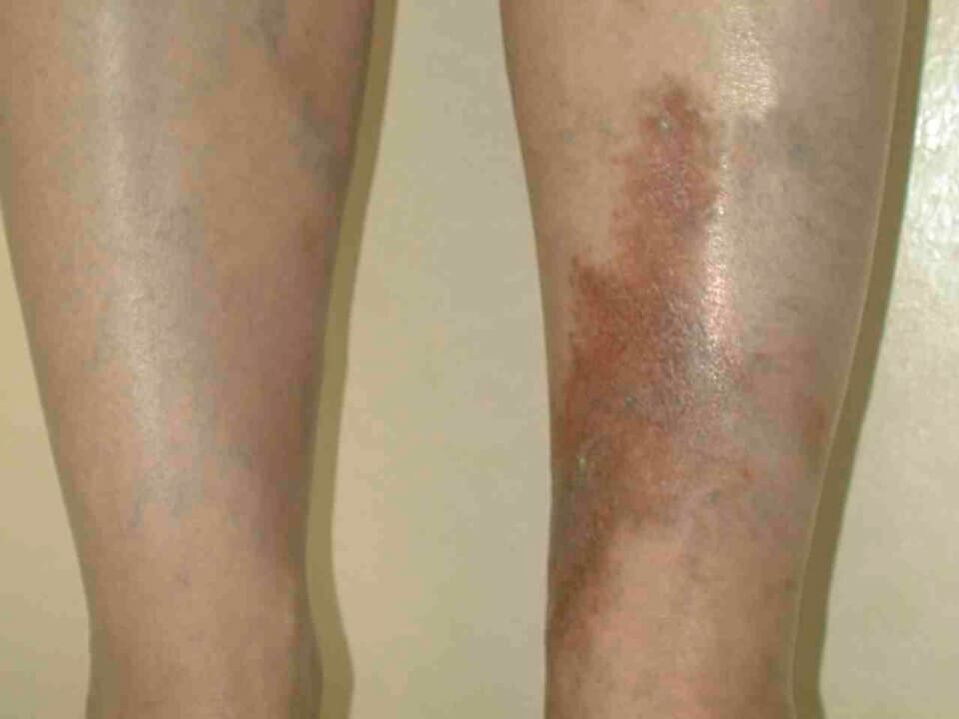
- damage to the integrity of the venous valves
- deterioration in muscle tone of vascular walls
- scarce tissue nutrition, lack of oxygen enrichment
- Violation of blood outflow by passage veins
- increased venous pressure
- the appearance of trophic ulcers is the result of belated therapy
During the treatment of tumors, infectious diseases of all forms of pathogens, it is necessary to monitor the condition of the legs.It is recommended to perform varicose veins, and in a timely manner of appropriate examinations.It is advisable to be in a sitting position less time.The veins of the pelvis and hips are squeezed, which negatively affects their tone.
Reasons
The main factor of the etiology of varicose veins is genetics.Moreover, it does not matter in which areas of the body the disease was localized in relatives.If the genus is inherent in a gene that carries information about the weakness of blood vessels, sooner or later it will appear if it contributes to this:
- Sedentary lifestyle, daily long -term labor activity in a sitting or standing position
- Excessive pressure on the legs associated with lifting or moving weights
- Alcohol abuse, smoking, drugs
- Lack of desire for physical exercises
- Long -term wearing of high -heeled shoes
If the pathology is already diagnosed, it is necessary to start treatment as quickly as possible.
Violation of the valve apparatus veins
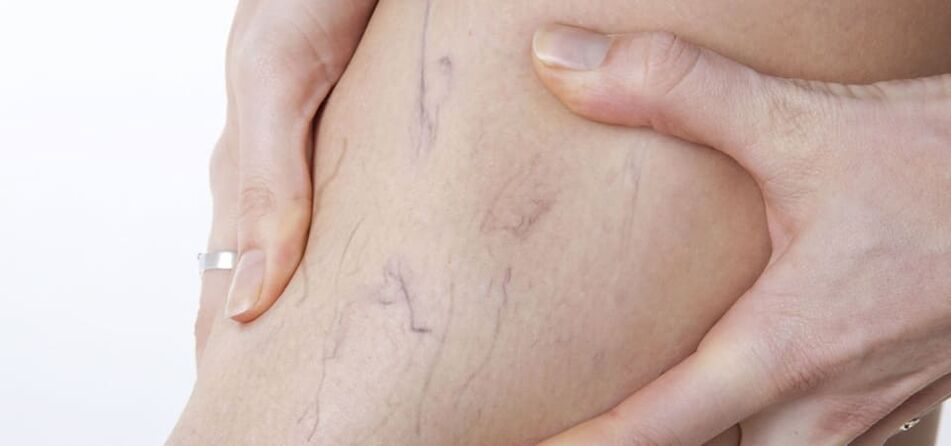
According to the results of numerous clinical studies, etiopathogenetic mechanisms that lead to varicose veins with valve deficiency are reliably unknown.However, it is known that with improper operation, the valves do not completely overlap the lumen of the vessel, which leads to flowing blood down and the development of stagnation.This leads to such violations:
- stretching the walls of the veins
- reduction of elasticity and the ability to restore the form
- Strengthening blood stagnation
As a result, disturbing symptoms in the form of edema, pain, and trophic disorders are manifested.The work of venous valves is influenced by genetic and epigenetic factors: heredity, pregnancy, weight, physical activity, hormonal restructuring of the body.
Pregnancy
During pregnancy, women are at risk for the development of varicose veins.This is due to both hormonal changes and increased load on internal organs, lower limbs.With each subsequent pregnancy, the risk of developing vascular violation increases.In this case, varicose veins can affect not only the lower limbs, but also a small pelvis, labia, uterus.
Klimax
During menopause, there is a restructuring of the hormonal background, which can lead to increased risk of varicose veins.Varicose veins can affect not only the legs, but also the organs of the pelvis, which is why the violation is often confused with inflammatory diseases: cystitis, endometriosis.Varicose veins arise as a result of a decrease in the elasticity of the venous walls, as a result of which there is a reverse blood cast through the vessels.
Prostate adenoma
Prostate adenoma is a pathological condition that is accompanied by prostate tissues and urinary outflow disturbances.With adenoma, complaints arise about:
- Ucubsiating urination
- Weakened stream of urine
- involuntary urine allocation, in particular, at night
After emptying the bladder, there is no relief, discomfort, mental stress occur.With a complete delay in urine, the inflammatory process can develop, the risk of stones formation increases.In severe cases, intoxication and renal failure occur.The absence of high -quality therapy of prostate adenoma is fraught with complications, one of which is varicose veins.
Reception of hormonal contraceptives
Reception of hormonal contraceptives is associated with a high risk of vascular complications: varicose veins, thrombosis.Such a group of drugs causes a dose -dependent effect: an excess risk of estrogens is equated with an increased probability of thrombosis.With a hereditary predisposition to varicose veins, it is recommended to refrain from using hormonal means and consider the possibility of using other, more safe methods of contraception.
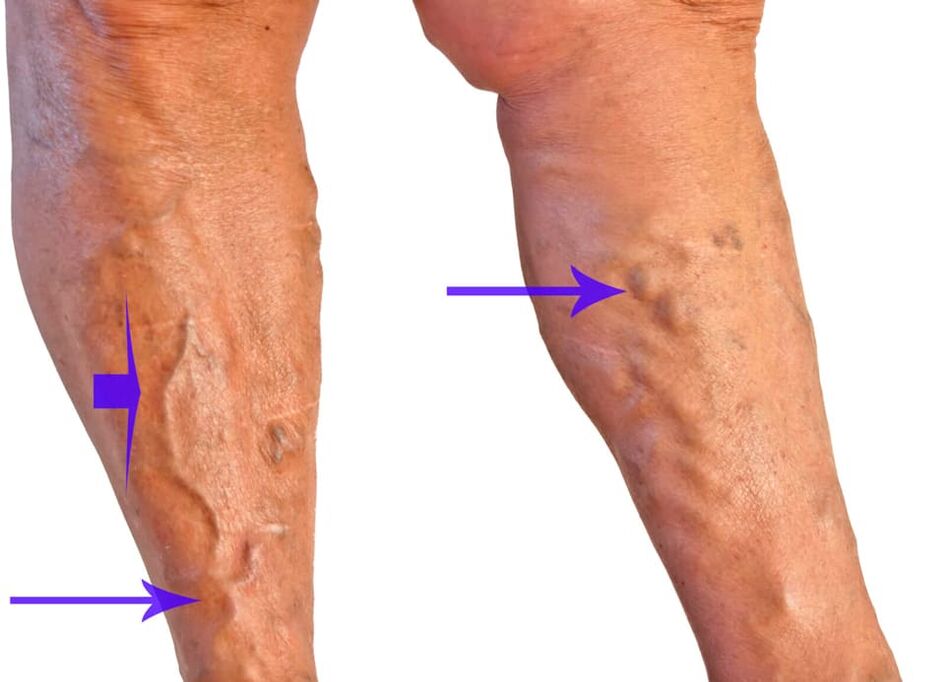
Hereditary predisposition
The hereditary predisposition is one of the key factors that leads to the development of varicose veins.In people with such a risk factor, the formation of a fine vascular mesh is observed.At the first signs of a violation, it is important to direct efforts to the prevention of further progression of the disease: use compression knitwear, rutin -based preparations and diosmine, give preference to moderate physical exertion, observe drinking mode, and make yoga.
Insufficient physical activity
The hypodynamic lifestyle often leads to the progression of varicose veins. Care of the selection of suitable physical exertion with the existing varicose veins must be preliminarily negotiated with a phlebologist.Unambiguous benefits are brought to daily walks in the fresh air at a comfortable pace: at least 10,000 steps per day.The venous system loves mobile sports.Of particular benefit to swimming, running, cycling, Scandinavian walking.It is recommended to exclude the implementation of those exercises that can provoke traumatic lesions of the lower extremities.
Excess weight
Excess body weight is a risk factor that increases the predisposition to the development of varicose veins.The situation is aggravated when other diseases, hormonal changes, bad habits join.People with varicose veins are not recommended to adhere to severe diet and mono diet, so the process of losing weight should be as soft and natural as possible.When the patient directs efforts to normalize body weight, it automatically slows down the progression of varicose veins.
At the initial stages of varicose veins, the outflow of venous blood slows down under the influence of hereditary and predisposing factors.Excess body weight only exacerbates this situation.Pathological changes inside the valves and blood vessels lead to the activation of a special mechanism - “leukocyte rolling”.This leads to the accumulation of leukocytes in the endothelium layers and the development of inflammatory reactions.The pathological process gradually extends to the entire channel of the venous vessels, causing thinning and stretching of the venous walls, as well as deformation of the valves.
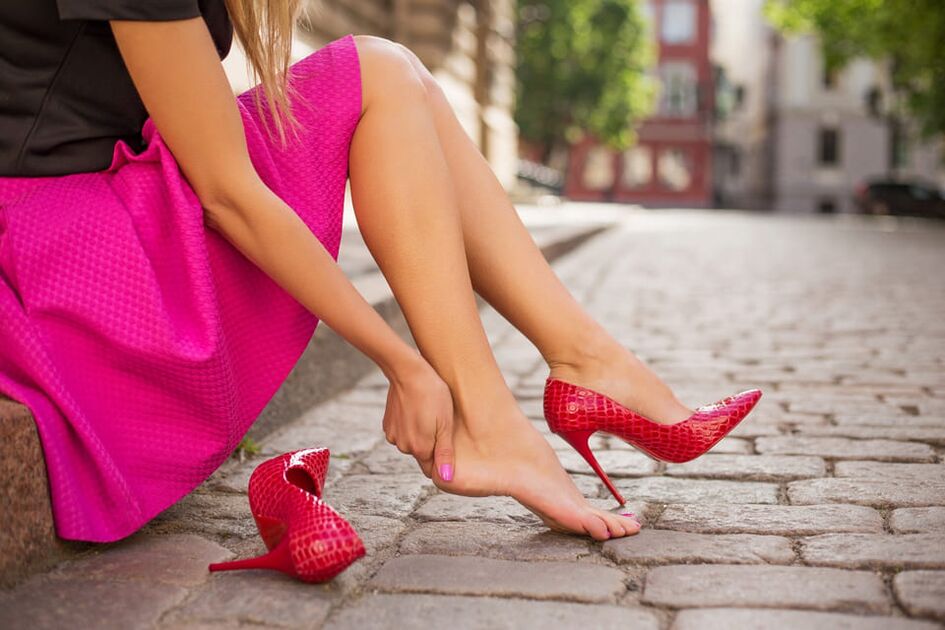
An unhealthy lifestyle
People who do not adhere to the basic principles of a healthy lifestyle often face varicose veins.The situation is complicated with a motionless or inactive lifestyle, malnutrition, smoking, drinking alcohol, long static loads standing or sitting.Therefore, in order to prevent further progression of varicose veins, it is necessary to direct efforts to correction of lifestyle: revise the daily diet, normalize weight, get rid of bad habits.
Leg injuries
Traumatic lesions of the legs are often complicated by varicose veins.A wide variety of damage can affect the state of valves and veins: a bruise of soft tissues, damage to the joints, violation of bone integrity.Any injuries of muscles, joints and bones lead to edema, violations of the outflow of blood in the area of superficial and deep veins.
Stagnation can be triggered even by minor injuries that require compliance with bed rest.Bone fractures are associated with a high risk of thrombosis.Medical statistics confirm that the risk of developing varicose veins in people who suffered foot injuries are several times higher than in the rest.If you are injured, first of all, efforts are directed for its treatment.In the future, medicines are selected to ensure the optimal blood flow and prevent the thinning of blood vessels.It is advisable to use compression knitwear selected by a phlebologist.
Possible complications
In addition to difficulties in movement, pain, varicose veins poses a threat to blood clots.They come off, causing a death.Due to the circulation of a torn blood clot, not only the vessels of the limbs, but also the pulmonary artery can suffer from blood flow.At the same time, thromboembolism is diagnosed with the relief of the blood supply to the lung.Often the consequences of varicose veins are:
- phlebitis
- stagnant dermatitis
- Chronic venous deficiency
- restless legs syndrome
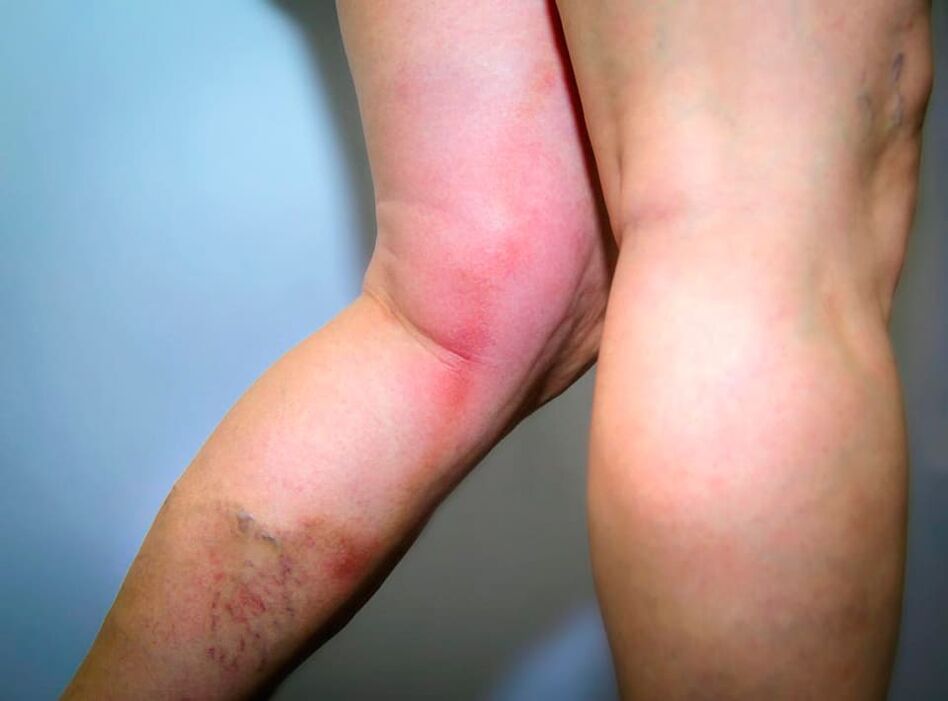
Septic thrombophlebitis occurs due to purulent decomposition of a blood clot in blood plasma.Aseptic phlebitis is a potential complication of injection in Vienna of special substances in order to blame their lumen (sclerosis).
Diagnostics
Doppler study is a standard diagnostic method for varicose veins.It is often used for primary suspicion of pathology without obvious external signs, gives clear ideas about its presence or absence.UZDS - ultrasound duplex scanning, refers to professional research methods.Combining the possibilities of ultrasound and dopplerography, UZDS can show:
- Vienna cross -sectional size
- The speed of movement, direction and intensity of blood circulation (images of color coding are displayed on the monitor of medical equipment)
- The condition of the valves, the venous walls (thanks to the topography of the vessels)
- specific localization of expansion
- the presence of blood clots, other obstacles to full blood circulation
Duplex diagnostics - “gold standard” among other methods for studying varicose veins on the legs.These include: occlusive Platyismography, radionuclide phleboscintography, reflective rheography, photopletsmography, CT, X -ray contact phlebography, direct phlebotonometry.With their help, the feasibility of surgical intervention is revealed.Procedures help to identify the quantity and location of blood clots, pressure inside the veins, features of blood flow disorders.
Treatment
At the initial stage of the development of the disease, the means of local use - cream, ointments effectively help.Such therapy is convenient for home use.Only a few uses are able to reduce the symptoms of the expansion of surface veins by 43% in 10-14 days daily.Another way to strengthen the elasticity of the veins is a contrast shower or a bath bath.Under the influence of the temperature difference, the vessels expand and narrow, thereby improving their tone.For the prevention and therapy of varicose veins, they also use:
- The use of a decoction of chamomile and mint, alcohol tincture on the flowers of white acacia.
- Wraps with tincture of horse chestnut.
- Rubbing into the affected places of apple cider vinegar, containing many trace elements, vitamins.
- Compresses with white, blue or green clay, which can be found in a pharmacy.The recommended frequency of the procedure is twice a week.

Recipes of traditional medicine complement the prescribed drug treatment.But the following methods can only be applied after the approval of a phlebologist.The purpose of therapy is to restore the integrity and performance of the veins.There are 2 ways to achieve it: to seize (glue) or cut blood vessels.
Laser treatment
The technique is based on the use of the thermal properties of laser radiation.The Light -breeder, introduced under local anesthesia into Vienna, increases the temperature of blood hemoglobin, as a result of which the walls of the vessel are “sealed” from the inside.The outflow of blood is redistributed to deeper veins.The generated radiation is pointed, so it does not cause harm to surrounding fabrics.
After some time, the formed new cells are absorbed.After the procedure, it is recommended to use a specialized knitwear of a compression type.It is important to refrain from excessive physical exertion and wearing heels.Thanks to laser coagulation, it becomes possible to overcome varicose veins with a painless, minimally invasive way.
Sclerotherapy
It is prescribed in the initial stages of the disease with a slight expansion of veins.Allows to regulate the lumen of small vessels from among the "grid" or "stars".The procedure is a standard injection without pain relief, the average duration of manipulation is 7-14 minutes.The sclerosing substance performs the function of gluing with the subsequent resorption of the recently formed connective structure.As a result, varicose veins stopped in 10-14 days.Relapse of symptoms requires re -conducting sclerotherapy in exceptional cases.
Stockings and tights
Compression underwear is classified by the length of: golfs (to the knee), stockings (to the thigh), tights (to the waist).They are recommended to patients during physical activity (including on simulators or in a fitness room).Compression linen is indicated for long -term movements or, conversely, with a long stay in a sitting position.Medical knitwear contributes to blood circulation in difficult periods for blood vessels.
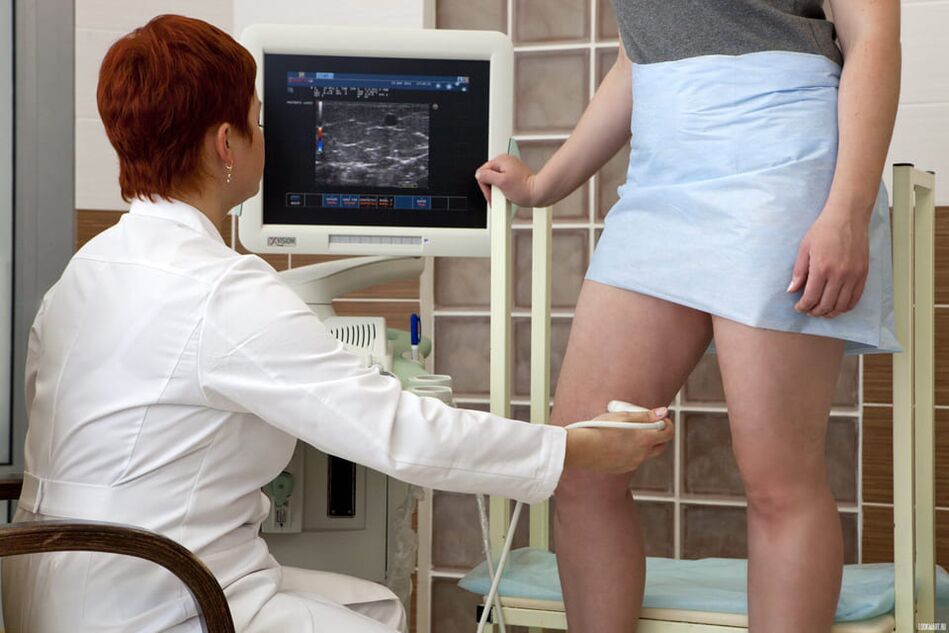
The benefits of tights are invaluable: they compress veins, improving blood flow.Their specificity of production is based on the main function - to help blood to move from the bottom up to the heart.Therefore, in the area of the ankles are hard, and higher - become more free.A similar purpose in elastic bandages that contribute to the removal of swelling, discomfort.But knitwear is more convenient, comfortable in the process of putting on, removal, operation.Its tension power is installed by the manufacturer, and the probability of sliding on the skin is minimal.
Surgical intervention
It is prescribed at the extreme stages of pathology, when the rest of the therapeutic methods are ineffective.The most common operation is phlebectomy (resection of large vessels).Also held:
- Surgical interventions on a saffer-focus and saffer-fenome south
- Amputation of the trunk of a large subcutaneous vein
- Intravasal plastic of deep vessels
Many are of opinion on the inappropriateness of the removal of veins if they do not interfere with life.However, the surgeons have their arguments on this subject: to stop the danger of the formation of blood clots - first of all.A major role is played by the professionalism of the surgeon.
Rehabilitation after surgery
Includes standard recommendations for lymphovenosis failure:
- Activation of mobility according to the permissible norms established by the doctor.First you need to at least occasionally knead your legs, then switch to physiotherapy exercises.
- Wearing elastic linen of the 1-2 class of compression.An alternative - bandaging with the imposition of fixing tours.
- The use of venotonic drugs: all kinds of ointments include and not only.In severe conditions of the patient, local treatment with heparin -containing ointments, antibacterial, and hormonal drugs are prescribed.Their purpose is to reduce swelling, symptoms of dermatosis, dermatoliposclerosis;Improve soft tissue microcirculation.
- Physiotherapy: lymphatic drainage massage (if there are no complications, for example, lymphoras, and wounds heal), magnetotherapy (up to 8 procedures for the entire rehabilitation period).
- The relief of hematomas, pain, inflammatory processes through the use of polyferment drugs, with the content of pentoxyphillin, antiplatelets.
With a responsible approach to the above measures, the recovery period should not exceed 3 weeks, the maximum - a month.The procedures minimize the risk of blood clots, reduce the rehabilitation period.Contribute to the speedy restoration of full circulation of blood, ability to work.Immediately after the operation, the location of the legs in a slightly raised state contributes to better blood circulation.Steps can only be taken for 2 days, exclusively with support for compression knitwear to prevent relapse.In the postoperative period, it is strictly prohibited:

- take hot baths or shower
- lift severity, subject the body with excessive loads
- use a hard washcloth and body care products (hygiene procedures must be carried out only with warm water)
- Remove crusts from the spaces of scarring wounds
- subject to operated soft tissues infection (for the prevention of complications, local antiseptic agents are used)
- violate the prescribed diet and a calm lifestyle
The diet is required to include fresh vegetables, fruits, as well as greens that “alkalizes” the body.Cook all dishes using purified water.Salt is better to replace the sea - it does not contain extraneous impurities that scratch the vessels from the inside.
Prevention
In order to prevent varicose veins on the legs, it is enough to observe the main condition - daily but moderate physical activity is necessary.Even patients with congenital defects of the venous walls can avoid the disease if the following recommendations are followed:

- Conduct an electromyostimulation of the legs is a simple but useful procedure available to everyone for use at home.It is enough to purchase a neuromuscular stimulant in the pharmacy and use it in accordance with the instructions.
- During flights or long trips, the legs should be massaged - independently, with the help of pinching, light stinging, rubbing.Massage will eliminate stagnant phenomena in the lower extremities.
- Do not get involved in wearing close model shoes: the height of the heel is directly proportional to the level of risk of the development of varicose veins.
- Cold water hardening is an effective way to tone the cardiovascular system.
After a long stay in a sitting position, you need to take a walk or roll in a standing position from the toe to the heel.The listed recommendations are useful for people with an office type of work, help minimize the risk of varicose veins for drivers and sellers.


















